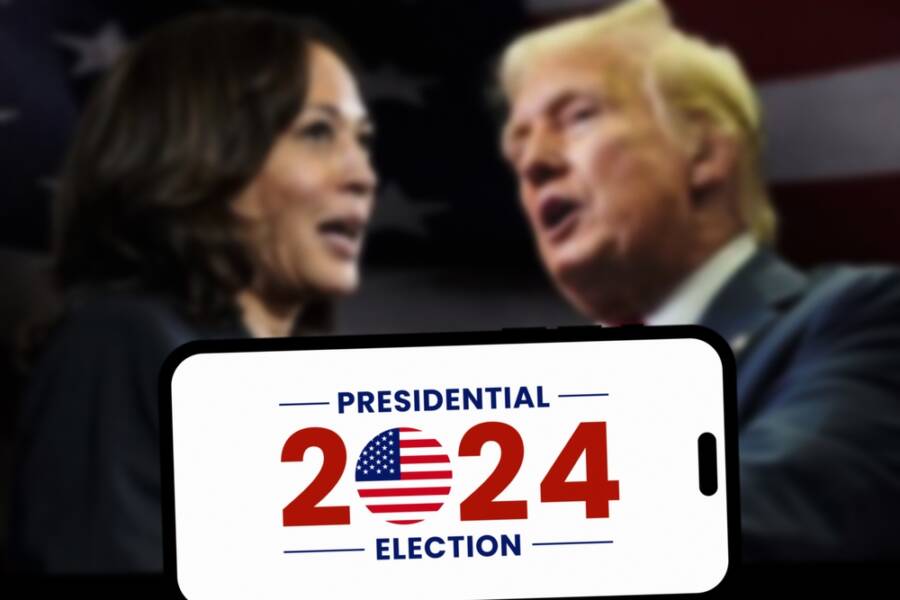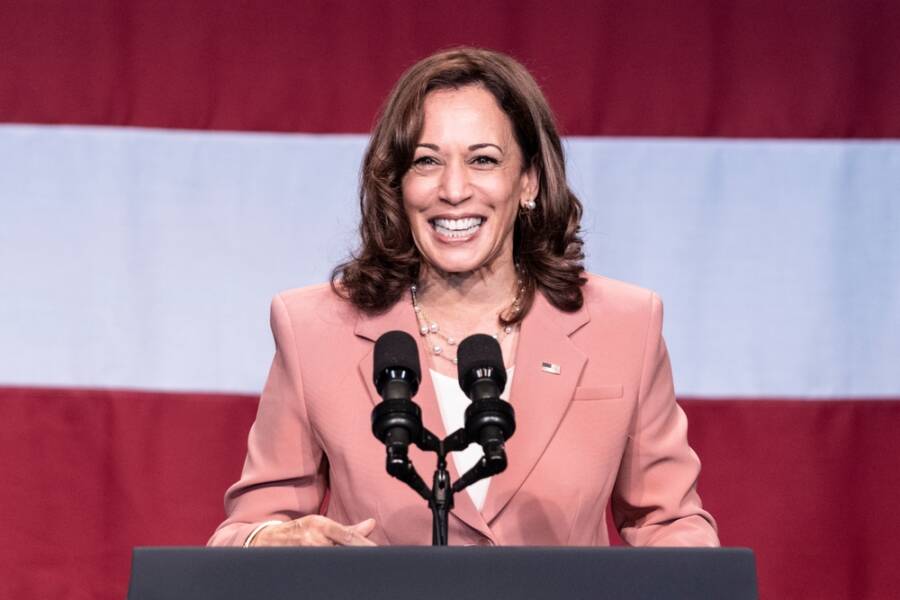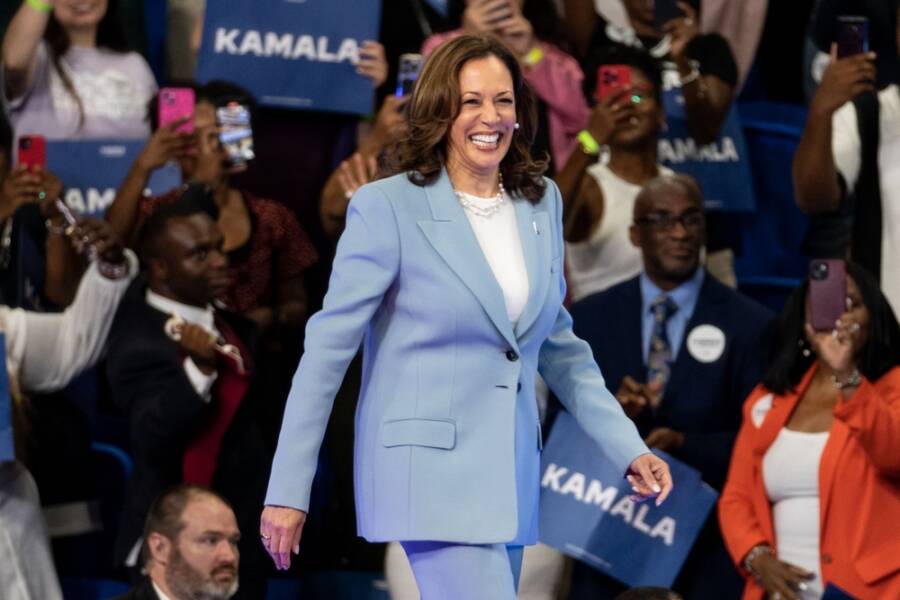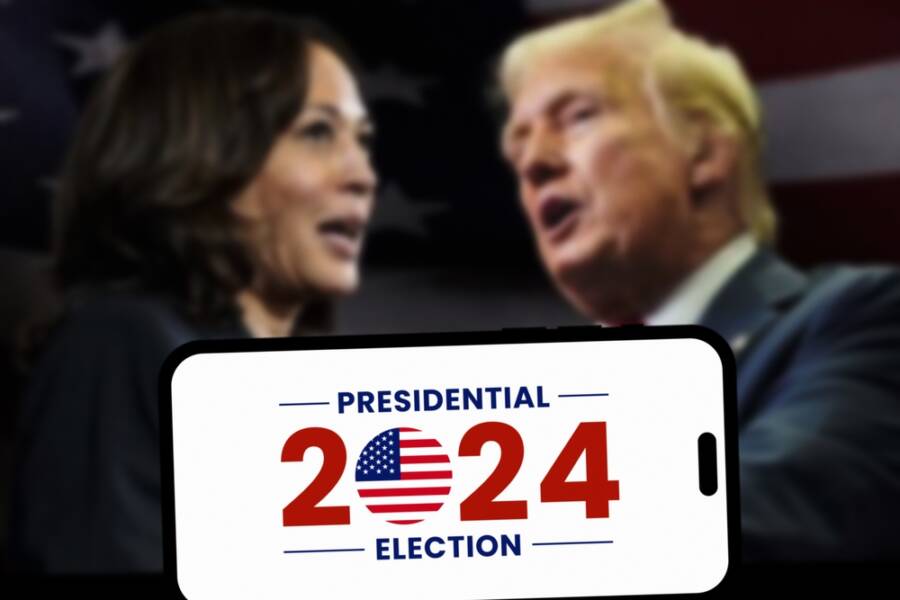How important do you think swing states are?
You’ve probably heard many times that each vote counts, especially if you live in a swing state. These special states have been in play since our ancestors voted for the country’s second president. Since we’re strong believers that we can learn a lot from history, we decided to do something special today and discover more about the states that decide our political future.
These battleground states, also known as swing or purple states, are fiercely competitive states that have a history of switching between party votes in presidential elections. Even though the majority of states regularly follow party lines (38 states supported the same political party between 2000 and 2016, for instance), there are a few that don’t get a lot of attention from politicians and pollsters.
Swing states typically alternate between “blue” and “red” based on the election cycle, making them highly sought after. Even though there’s no strict definition for what constitutes a battleground state, they are characterized by narrow vote margins that can sway the entire election. We’re about to learn everything about them, so stick around—this is a journey you won’t want to miss!
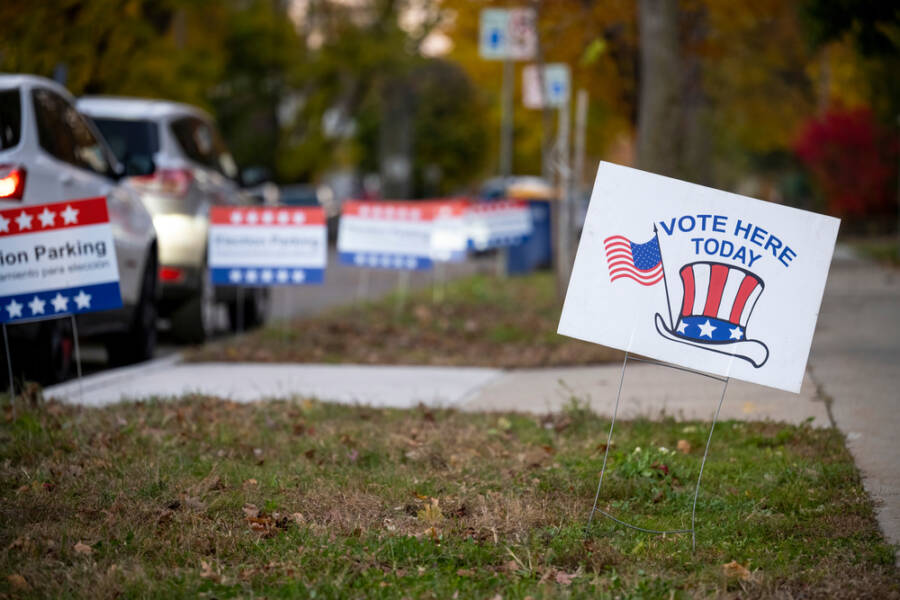
What are the current swing states?
Experts say the states that voted for Republican president Donald Trump in 2016 and Democratic leader Joe Biden in 2020 are usually considered battlefield states. These include Pennsylvania, Arizona, Wisconsin, Michigan, and Georgia.
According to political analysts, tight margins in races suggest that either party could have won a state. In the 2020 elections, for instance, seven states were won by a margin of 3% percentage points or less. These included the five mentioned states as well as North Carolina and Nevada.
Which states have historically been purple?
You can identify a purple state by its special ability to change political support from one presidential election to the next, such as moving from Trump to Biden. Moreover, political analysts say that battleground states that switch their party preferences are less common when a political leader is running for reelection. In simpler words, this means that voters tend to stick to the party of the sitting president during the voting period.
However, these states know how to keep everyone on their toes and can sometimes surprise us by changing their voting choices. As sources say, there were at least a few states that switched parties in every presidential election since 1992.
Speaking of this period, did you know that the 1992 election was one of the most special ones in America’s history? With 22 states switching their votes, it saw the most state-to-party switching of the previous eight presidential elections. This election is often remembered as a pivotal moment of political realignment when Bill Clinton defeated George H.W. Bush. Several states that usually voted for the Republican party, such as Maryland, Colorado, and California, started to show their support to the Democrats. And they did so for the following decade.
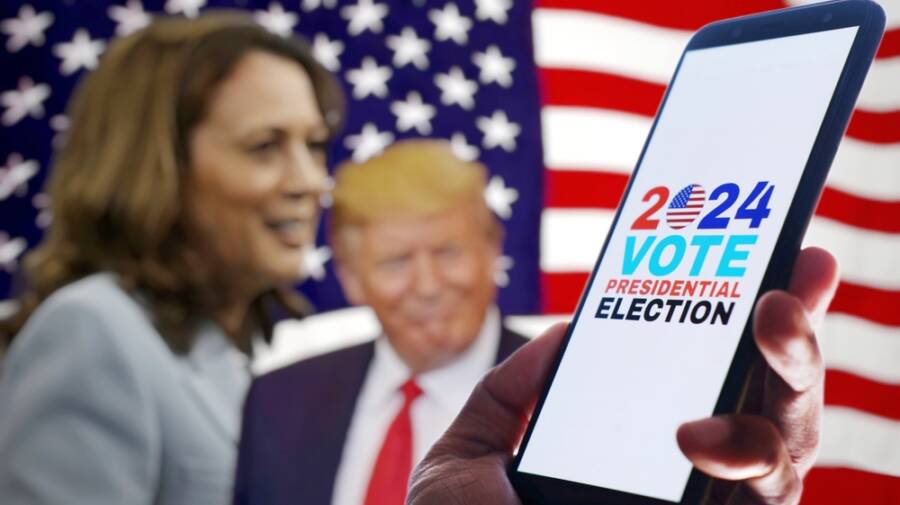
What are the dynamics created by swing states?
1. Ideological polarization
According to political analysts, the 2000s were the start of an ideological divide between parties. Sources say there were a pretty good number of conservative Democrat supporters in the South and liberal Republicans in the North before the 1990s. Since the parties are divided, they can now change whether a state is purple or not.
2. Population changes
Did you know that rural areas are more likely to give their votes to a Republican candidate, while people living in urban areas would rather choose a Democrat as president? The balance is disrupted when citizens move away from liberal-leaning coasts or major cities to settle in smaller towns or more rural areas.
3. Moderate politics
In a state with plenty of moderate voters, the split between Democrats and Republicans narrows, and is getting increasingly difficult to determine political results. According to experts, states like Maine and New Hampshire have many moderate, independent-minded voters who contribute to two-party competitiveness.
They also added that as America has evolved, the identity and the number of swing states have changed as well. Sources say that the Voting Rights Acts significantly enfranchised African Americans who were denied the vote 50 years ago in states like Texas, North Carolina, and Georgia.
Vote for the winner
Did you know that swing states tend to be fantastic predictors of the overall election winner? The Sunshine State is popular for being the decisive state in the 2000 election, but it’s not the only one that’s been reliable for election results. According to date, Ohio and Nevada, for instance, have been predictive of the overall election result around eight times, which is pretty impressive, if you ask us.
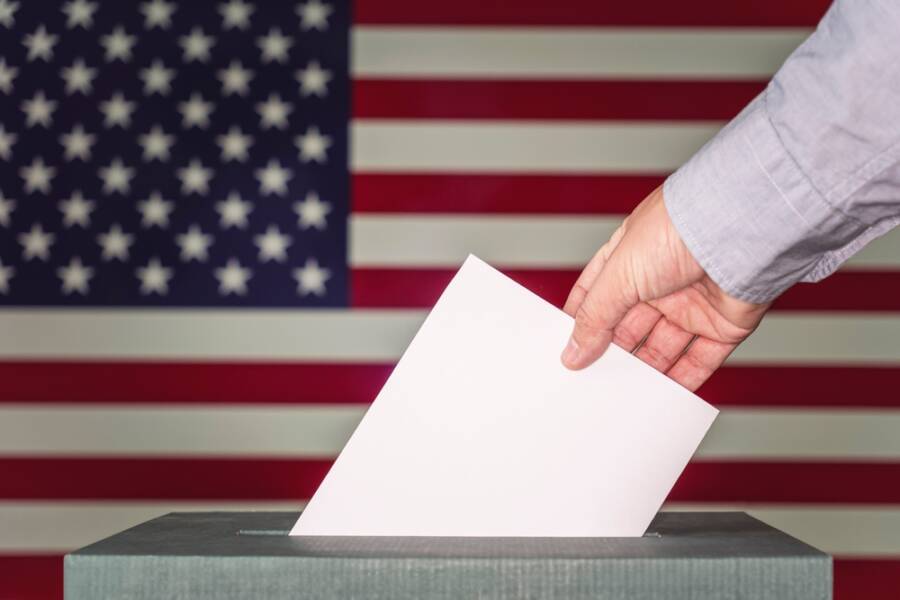
What about the 2024 election?
The 2024 election is a juicy and important topic because not only it can change dynamics in our country but also the entire world, especially given the current conflicts. Speaking of that, the majority of voters now think that the future leader of America will be decided by the undecided voters in the swing states.
The electoral college will certainly be decided by seven states: Arizona, Georgia, Michigan, Nevada, North Carolina, Pennsylvania, and Wisconsin. Will they vote for Vice President Kamala Harris or former President Donald Trump?
This is a question many want answers to, and they have different tactics to discover what they’re looking for. We talked to different citizens in the swing states mentioned above, and they shared some of their most recent experiences.
In the last couple of months, these voters endured countless doorknocks, political TV ads, and phone calls. Sources say that there are over $6 billion spent on political ads, and the majority of the money went into targeting individuals living in the battleground states.
How are voters in swing states feeling?
We have many questions, so we decided to survey people in swing states about their thoughts on the Electoral College system, whether they believe their vote is more important than that of other citizens, how they feel about all this unwanted attention, and whether they believe their state would soon turn red or blue.
The first respondent was a woman in her mid-twenties from Wiscon. She spent her entire life living in the Badger State and believes her vote has more weight than other Americans. She also wrote online that she’s a swing state voter, and it’s been a rollercoaster ever since. The woman was approached by citizens in California and New York, offering her money to buy her vote. But that’s not all: she receives constant messages from groups endorsing the current vice president or the former American leader.
Moreover, a voter from Pennsylvania told us that she doesn’t feel her vote is more important than other people, but she feels like her voting participation matters more. When elections are close, she’s bombarded with all sorts of texts and ads trying to win her vote. Even though she’s certain she’s not the only citizen in the state to receive so many messages, she believes that Pennsylvania will continue to be a swing state for the foreseeable future.
What are your thoughts on these swing states and their importance? Do you live in a purple state? How do you feel when elections are close? Let us know in the comments below! If you enjoyed reading this article, here’s another post you don’t want to miss: 8 Things Harris Promised So Far in Her Campaign

